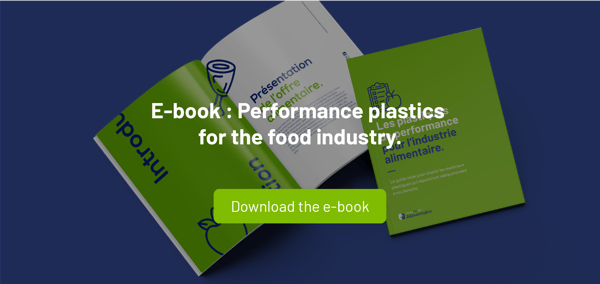What is a cross-contamination?
First, how to define what is a cross-contamination? In fact, that kind of contamination results from improper handling in the preparation, processing or packaging of food. Cross-contamination is often a contributing factor of food-borne illnesses and intolerance that can be serious and sometimes fatal. It is crucial to understand these factors in order to prevent the risk of cross-contamination in food production. Risk reduction begins with analyzing all potential sources of contamination, including identifying where materials are in contact with processed or ready-to-eat food. In this article, we will focus on cross-contamination in the industrialized food production, which includes the processing, production and packaging within a food manufacturing environment.
Cross-contamination can occur in different ways, including cross-connections between unprocessed and processed food processing lines. There is also a risk with conveying and handling equipment: (bins, containers, trolleys, conveyors, etc.). It is critical to know the sources of potential hazards associated with food handling and equipment used to process and transport food.
Cross-contamination is not only limited to pathogens, but also includes allergens residues and chemicals. Allergenic food and chemicals could lead to cross-contamination of safe food in the same way as pathogens. It could seriously impact on the quality, and most importantly, on the safety of the food produced. To reduce all hazards, preventing them and optimizing the production/processing food line will help minimize the risk of cross-contamination.
What is food grade plastic?
Indeed, because of their specific properties, food grade plastics are materials specifically designed for the food industry, including all stages of food production, processing and food packaging. Food grade plastics are high-performance materials with unique properties that provide many benefits:
- Ultra-lightweight
- Extended service life
- Easy to clean
- Food contact compliant
- Low maintenance
- Meets the highest sanitary and health standards of the industry

Specific characteristics of some food grade plastics:
- Self-lubricating
- Steam and hot water resistant
- Metal Detectable
- Wear resistant
In addition to being very resistant and easy to clean, food grade plastics are FDA compliant. Because of their low weight, these plastics can generate significant energy savings compared to traditional materials, as they require less energy to be actuated (e.g. an acetal piston).
The high strength of food grade plastics reduces the frequency of replacements of parts, resulting in less downtime that can be very costly for food manufacturers.
When the goal is to speed up or improve the production efficiency, food grade plastics with very low coefficient of friction are the best solution.
Food grade plastics are designated for optimizing a production line, increasing efficiency and reducing the risk of cross-contamination.
How a food grade plastic can reduce the risk of cross-contamination?
Food grade plastics offer characteristics that help reduce the risk of cross-contamination:
- A non-porous finish that prevents the growth of harmful pathogens and the contamination of safe food.
- Food grade plastics are easy to clean; this makes it easier to eliminate pathogens from their surface compared to traditional materials that may promote the growth of pathogens.
- As a self-lubricating material, there is no need to add grease or oil to reduce friction between moving parts. Adding lubricants can increase the risk of contamination because, ultimately, they could contaminate the production line by leaving chemical residues in processed food.







